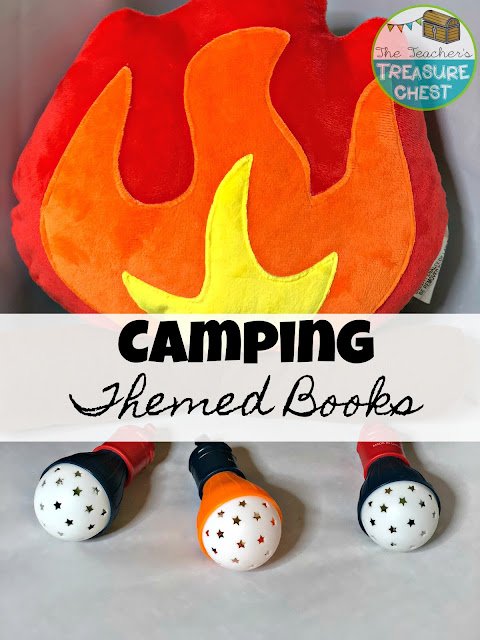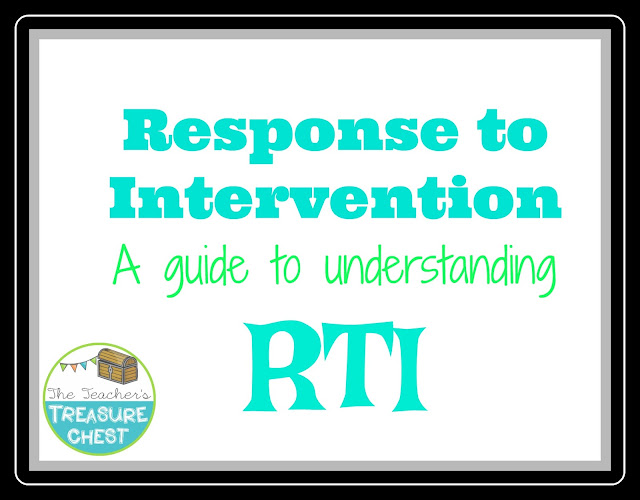It's no secret that picture books are really my life. If you follow me on instagram, you know that I love the hunt for an amazing book. I use picture books to teach just about everything, but in the last two years, I've really focused on picture books that teach writing traits. In this post, I'm going to give a few books that I like to use to inspire my students to create their own story. I want my students to hear a story that they can relate to and create a spark for them to build upon.
Picture Books To Teach Writing
To inspire my students, I like to start with some favorite books. One of my favorites is Fireflies! by Julie Brinckloe. This book is about those special times that may only last a few seconds. It has a clear theme and lesson to the story. When I read this story, I have my students think about a time they've spent with their family or friends that was special to them.
Another great story to use to inspire students and spark ideas is A Bad Case of Stripes. This is a classic story that is a student favorite. In this story, the character explores things she likes and dislikes. While reading this story, I ask my students to think about specific items they like or don't like as we come across them in the story. At the end of the story, students are encouraged to make a list of things they like and dislike. Once they've created a list, they can start brainstorming on a writing piece. I encourage students to describe a time when they came across something they liked or didn't like. What was their reaction? How did it make them feel? I always tell my students writers answer questions readers ask. So just like good readers ask questions, good writers ask questions to provide an answer in the text. We use this free planning sheet after reading the story.
This next book is one of my favorites to use at the beginning of the school year. In the story How I Spent My Summer Vacation, the character takes a different journey during his summer than most. This is a great story for students to also practice visualizing. Students often feen like they are on this journey with the little boy! Throughout this story, I remind my students to think about an extreme vacation they would like to go on. We discuss how the story is very extravagant. When we begin to plan, we start with a map. The students identify a fancy or place to visit that they might not have an opportunity to, but have dreamed about visiting. Next, we discuss how they would get to that dream location. Then, we move on to questions such as who would be on the trip with them? What would they need to bring? What type of clothing would the trip require? I use this free planning map with this story.
Most of you know that I've taught 1st through 4th grades.I've used each story with all grade levels. In first grade, we may just be focusing on creating a sentence or two. By fourth grade, I'd want an elaborate and detailed story. I just adjust the support I provide depending on their levels.
I hope this helps your writers develop ideas of their own. I'll work on read alouds I use for voice and organization next!
*This post contains affiliate links that I make a small percentage back on*





































